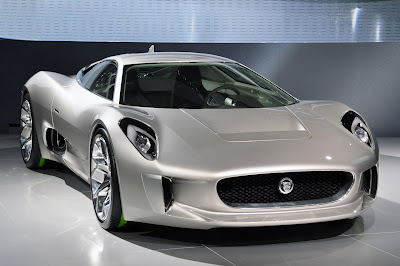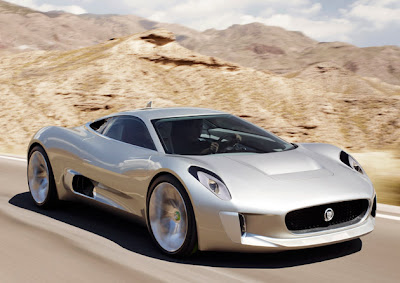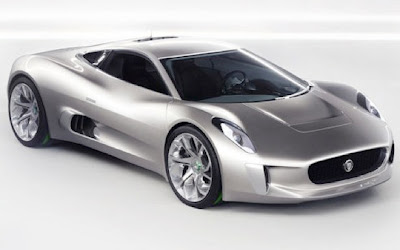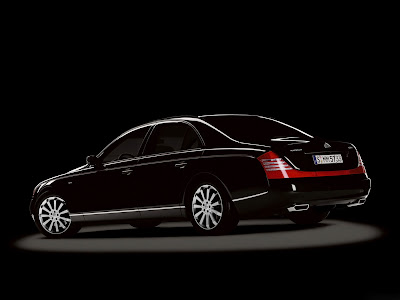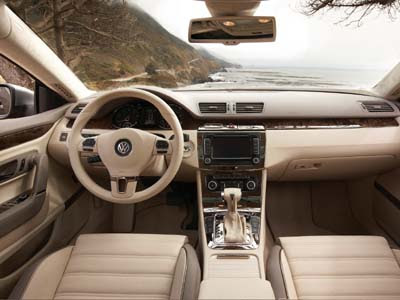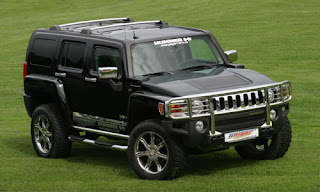 |
| Audi RS5 |
The Audi A5 is the most beautiful car he has ever designed: “It’s elegant and powerful, yet free of aggression and arrogance.” But no one would accuse the A5’s hot-rod brother, the new RS5, of a lack of aggression or arrogance—this coupe clearly means business. Wheels as large as 20 inches squat in the wheel wells, a trick automatic spoiler rises from the rear deck, and huge air intakes up front suck in vast tracts of atmosphere while fat, R8-style exhaust pipes shoot the air back out again, burned up and spent. Sounds fantastic, right? Prepare your checkbook, as the RS5 will be sold in the U.S., a fact recently confirmed to Car and Driver by Audi CEO Rupert Stadler.
“To us, the RS5 is the legitimate successor of the second-generation RS4 of 2005 and its successful package,” says Cornelius Fröhlich, responsible for marketing the new hell raiser. We hope this doesn’t mean there won’t be another RS4. Otherwise, it’s good news. The last RS4 was a monster in family-sedan clothing, a four-door with extraordinary power, designed for head-to-head battles with Mercedes’ AMG and BMW’s M division. The RS4 triumphed against the E46 M3 and C55 AMG in an uninstrumented—and thus technically unofficial—comparo, and although it finished third out of three cars in its final shootout appearance, it trailed the second-place C63 AMG by only four points and the champion E92 M3 by 11. With the RS5, we’d say a rematch is in order.
 |
| Audi RS5 |
High-Revving Horsepower, Computer-Controlled ShiftingThe RS5 keeps the RS4’s high-revving, naturally aspirated 4.2-liter V-8, but now it’s stronger by 30 hp, for a total of 450. The compression ratio is 12.3:1. High-revving in this case means up to an 8300-rpm redline, so long as the oil is up to temperature; the engine is protected by a 6000-rpm limiter otherwise. It’s no secret that with this engine Audi wanted to show BMW that Munich isn’t the only German town capable of building high-revving V-8s.
You can say bye-bye to the crisp six-speed manual transmission of the RS4, as the RS5’s power is shunted only through a seven-speed dual-clutch automated manual. When we asked whether there would be a standard gearbox offered in the future, Fröhlich told us, sadly, that “the majority of customers in this segment are used to automatic transmissions.” In its favor, the dual-clutch unit—Audi calls it S tronic—allows the driver to include transmission setup as part of the configurability offered by the optional Audi Drive Select (ADS) adjustable chassis system. It also helps that the S tronic box is good. In the RS5, shifts occur without any hesitation, and the quickness produces some sweet burbles and overrun from those twin exhaust cannons out back.
The all-wheel-drive system is upgraded with Audi’s first use of a self-locking crown-gear center differential, and it helps cut nearly seven pounds out of the drivetrain. The new center diff will make its way into other Quattro models as well, and it can direct up to 85 percent of the power to the rear wheels or up to 70 percent to the fronts as grip dictates. Under normal driving, the power distribution is split 40 percent to the front and 60 percent to the rear.
 |
| Audi RS5 |
For the first time in an all-wheel-drive car, Audi has added a software-based, wheel-selective pseudo-torque-vectoring system. Based on inputs from the vehicle’s ESP system, it slightly applies the brakes to the inner front wheel during cornering to effectively curb understeer, a behavior long associated with Audis that was mitigated a bit by the more rearward position of the engine in the company’s latest longitudinal modular platform. Torque vectoring at the rear is handled mechanically by Audi’s optional sport differential, a heavy piece of hardware that nevertheless makes the car feel more light on its feet, shifting power from left to right in search of more grip and balance.
Audi Drive Select sharpens responses even more, and it controls settings for the suspension, sport differential, steering, transmission, throttle response, and exhaust sound. At its hardest-core setting, dynamic, it can virtually eliminate body roll, while normal and comfort modes progressively soften things up. (There’s also a mode that allows drivers to program the various chassis elements individually.) Carbon-ceramic front brakes are available, and they bite right now.
To further tighten body motions, Audi will fit its Dynamic Ride Control system, whereby each set of diagonally opposed shocks is connected via hydraulic lines that incorporate a central valve. During cornering, the valve allows fluid to flow to the outboard front shock almost immediately, reducing lateral roll. The system works in concert with Audi Drive Select’s variable suspension settings.
 |
| Audi RS5 Interior |
Electronic Magic Makes for a Fine DriveWe were able to sample all of this on the 26-turn Ascari racetrack near Marbella, Spain, and can attest that the RS5’s electronic firepower and mechanical mumbo jumbo translate into an extremely responsive car that feels much lighter than its estimated 3900 pounds. The torquey V-8 has a wide range of usable power, and no one is going to miss a turbo. As the revs rise, a subdued rumble hardens into an aggressive snarl—especially if you push the right button on the ADS. Flip from comfort to dynamic, and the difference in sound is clearly audible even at idle.
Audi says the RS5 will cover 0 to 62 mph in about 4.6 seconds, which is quick but nothing earth shattering; we’ve tested the automatic-only C63 AMG at 3.9 seconds to 60 mph and a dual-clutch-equipped M3 at 4.1. Our guess is that the RS5 will cover the 0-to-60 sprint in 4.4 seconds. But the complicated nature of the RS5 means you won’t be able to tease more speed and power from it without investing big bucks, so you’re best served to avoid straight-line drag races against those German sleds and your neighbor’s modified Supra or GT-R.
The Audi will put up a tougher fight on the track or on back roads. The car feels as agile as it does planted to the road, and the load changes aren’t very pronounced. You’re able to induce easily controllable oversteer, but if you don’t push it, the RS5 will stay neutral seemingly forever. The handling is definitely what one would call forgiving, and at the limit, you appreciate the improvement from the more nose-heavy Audis of yore. We won’t say whether the RS5 will trump the benchmark BMW M3 just yet, but we think it’s going to be one hell of a fight.
In Germany, you can order your RS5 beginning in May, with deliveries starting in June. On its home turf, the RS5’s price list starts at €77,700 (about $106,000), some €5000 more than a BMW M3 coupe with a dual-clutch transmission. U.S. pricing should be somewhat more accommodating—we expect a base sticker somewhere around $70,000—and an Audi rep tells us we can expect all the chassis technology to make it across the Atlantic, although it’s not yet decided what will be standard or optional. Based on our initial impressions, whatever Audi charges may well be justified.
http://www.caranddriver.com/reviews/car/10q2/2011_audi_rs5-first_drive_review






